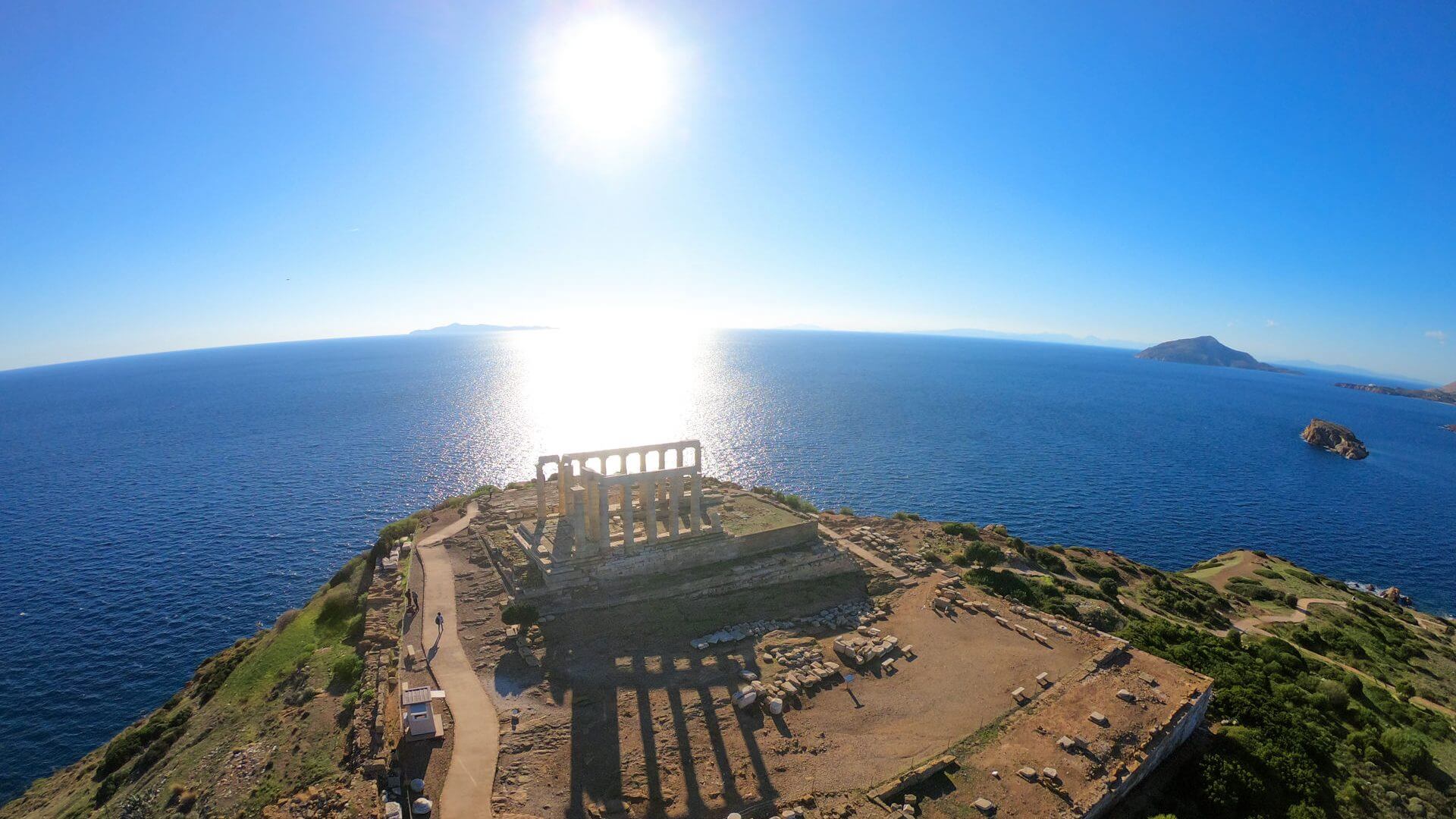Iera Moni Eisodion tis Theotokou (Moni Kaisarianis)
Useful
Information
Iera Moni Eisodion tis Theotokou (Moni Kaisarianis)
On the western slope of Hymettus, hidden in an idyllic green valley, is the Iera Moni Eisodion tis Theotokou (Monastery of Eisodion Theotokou Kaisarianis), commonly known as Moni Kaisarianis (Monastery of Kaisariani), a name that is mentioned for the first time in the beginning of the 13th century, but its origin remains untraceable. In the sources, it is still mentioned as Kyriani or Sankta Syrgiani. The first Christian center of the area was founded in the 5th-6th century, the nearby hill of “Frankomonastiro” and was transferred to the present-day location in the 11th century, where the remains of an early Christian basilica and a transitional 10th century church are preserved.
During the period of the Francocracy, the temples of Saint Marcos or the Franco Monastery as it was also called, was built there. At the 17 century it was built the temple of Taxiarches. The Monastery of Kaisariani for many years, it was independent and did not pay taxes, it was financially strong and it was an important intellectual center with an excellent library and scholar abbots. It started to decline in the end of the 18th century and it was dissolved in 1834 with a decree by King Otto’s regency. The monastery complex is surrounded by a tall precinct with two gates, one west and one east, where there is the spring of Kriokephali, which is also known as Krios Pigi or Koç basi , a name which was attribute to the archaic hydrorrhus, having a ram’s head. Architecturally, the catholicon belongs to the variation of semi complex, cross-in-square church. It dates from the 11th century and is considered a landmark in the development of Greek Church architecture due to its quality and its style. Later additions (16th and 17th century) are the chapel of Saint Antonios and the narthex with the dome. From the initial interior decoration of the catholicon only parts of the marble screen still survive. The wall paintings are made at a later date, in the 18th century, with the exception of the shape of Panagia Deomeni, from the 14th century.
The bathhouse of the monastery, south of the catholicon, is dome-shaped, built with a brick-enclosed system. In post-Byzantine times, it was integrated into a building complex of various construction phases and part of it functioned as an olive press. To the west of the catholicon is the post-Byzantine complex of the altar, while in its place, following the same axis, traces of an older bank have been found. The post-Byzantine cells, residences of the monks, are located on the south side of the enclosure. A main, currently two-story, wing is formed, which is separated by a three-story building, known as the Benizelos Tower. The monastery is an archaeological site belonging to the Ministry of Culture.








